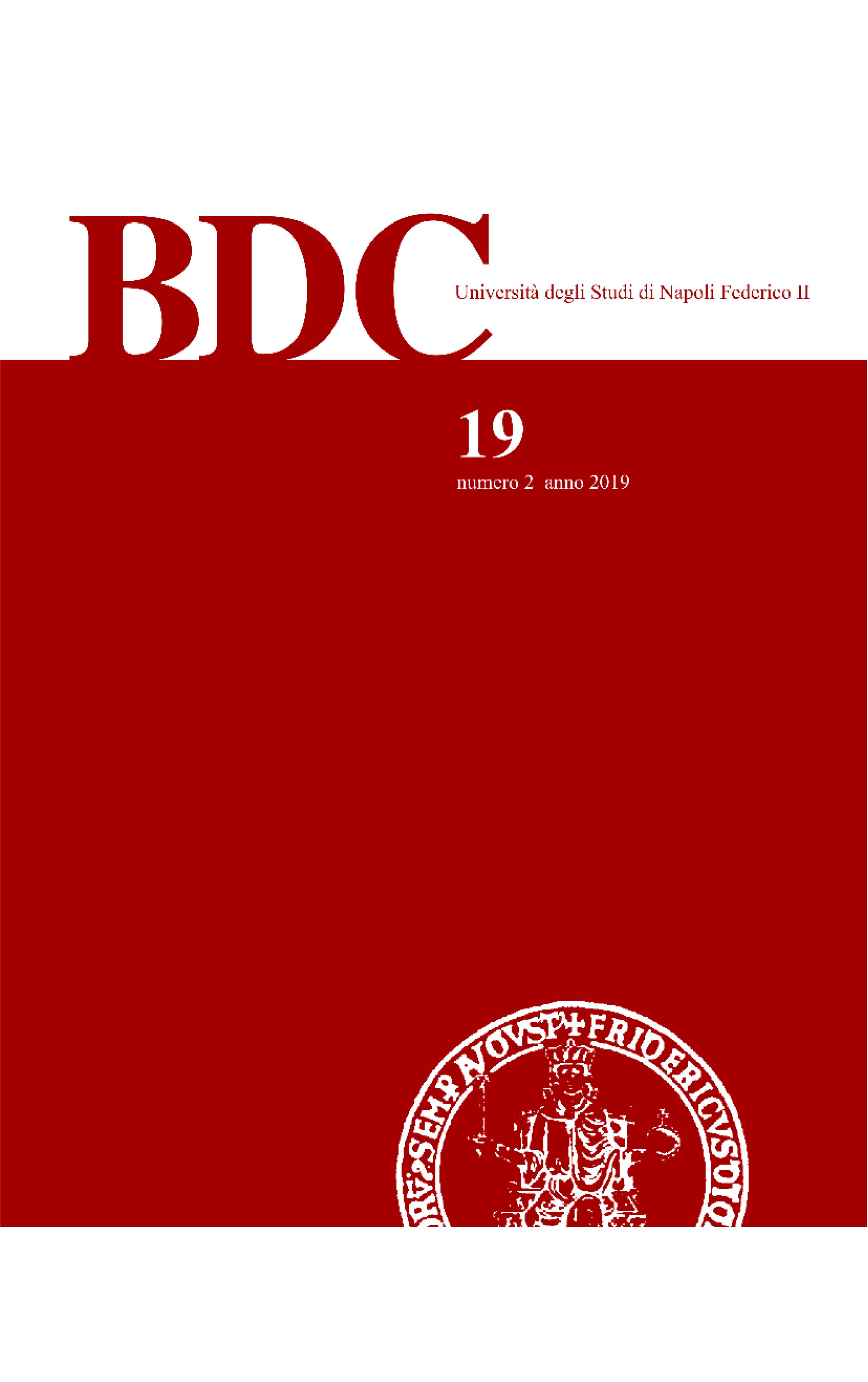TOWARDS A CIRCULAR GOVERNANCE FOR THE ADAPTIVE REUSE OF CULTURAL HERITAGE
DOI:
https://doi.org/10.6092/2284-4732/7270Abstract
Il riuso adattivo dei beni culturali abbandonati può essere visto come un processo rigenerativo, che trasforma i “paesaggi di scarto” in luoghi attrattivi. I processi di trasformazione urbana condotti da cittadini rappresentano pratiche culturali in cui gli individui sono produttori, e non solo consumatori, di significati culturali. Il rinnovato rapporto tra persone e luoghi attraverso un’azione collettiva coordinata diventa particolarmente rilevante nel riuso adattivo del patrimonio culturale. Questo documento si propone di indagare come la “governance circolare” possa essere interpretata e attuata nelle strategie di rigenerazione urbana finalizzate ad uno sviluppo circolare “human-centred”. Attraverso esempi di casi studio, viene esplorato il ruolo delle iniziative guidate dai cittadini nel riuso adattivo del patrimonio culturale, al fine di individuare elementi comuni utili per elaborare una definizione di governance circolare e fornire linee guida per i decisori politici.
Parole chiave: beni comuni, governance circolare, Riuso adattivo del patrimonio culturale

